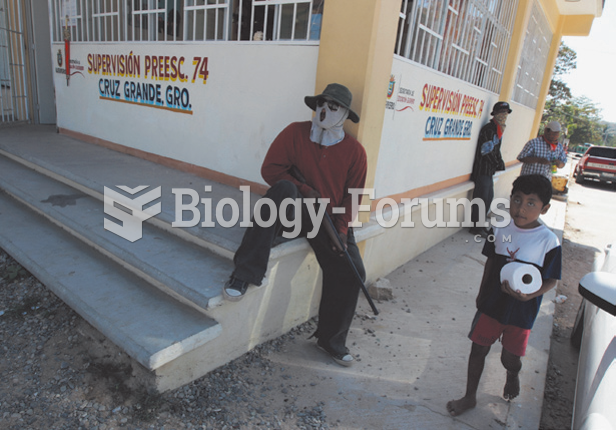Answer to Question 1
An immediate placement of more officers into our nation's police departments would not mean that they would all be working around the clock to combat crime. For example, the impact of hiring more officers is reduced by time lost due to such factors as: sick time, vacation time, and family emergencies. Also, these new officers would create the need for more in-service training which reduces the number of officers available for calls. Additionally, the more time spent fighting crime would arguably require more paper work and court appearances, which is yet another factor reducing the actual number of officers in patrol. Hence the hiring of any given number of officers is reduced by the aforementioned factors, thus reducing the intended visible presence of law enforcement.
Answer to Question 2
Good answers will discuss the basic non -criminal premise of administrative justification and the balancing between weighing citizens privacy interests against the interest to ensure public safety. On vehicles inventories answers should address that inventories are taken after the fact (arrest or seizure) for the purpose of developing a record of what items have been taken into custody and recite the requirements for a valid inventory search. South Dakota v. Opperman is the seminal case for vehicles in general and Colorado v. Bertine is the case for containers within vehicles. For person inventories the justification includes: protection of a suspects property, deterrence of false claims of theft against the police, security, and identification of the suspect. Illinois v. Lafayette is the leading case on person inventories.







